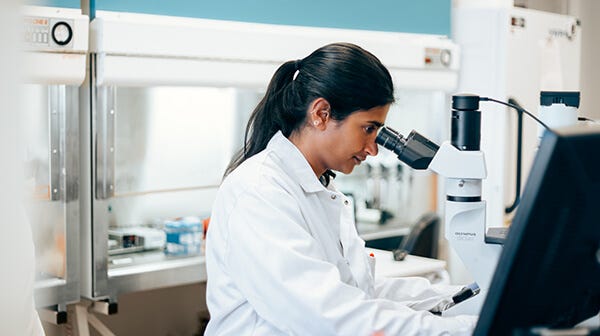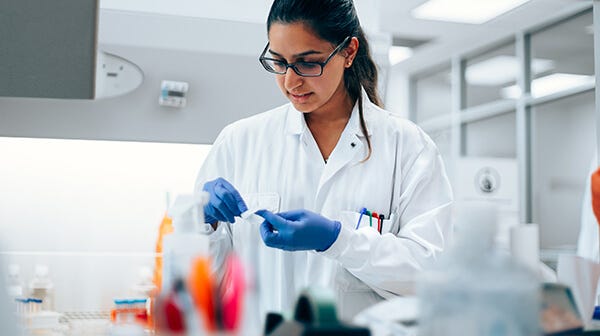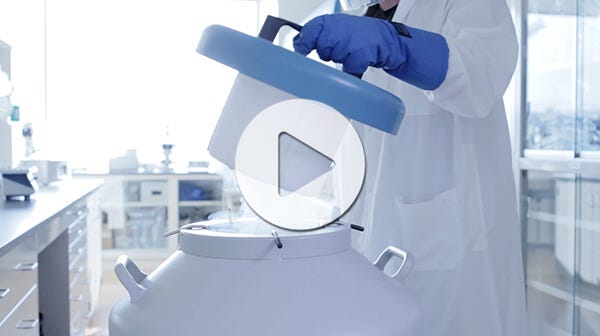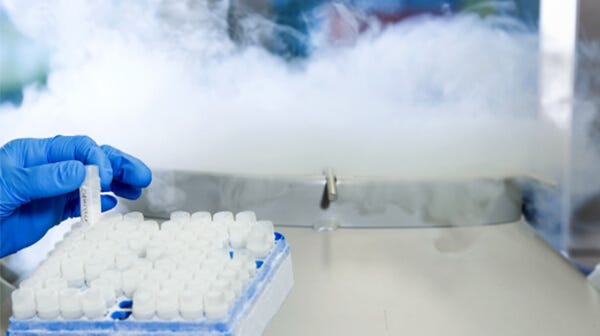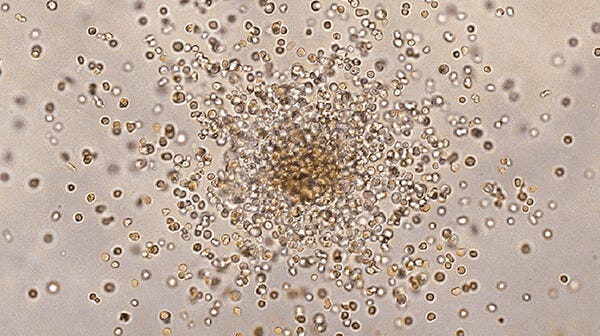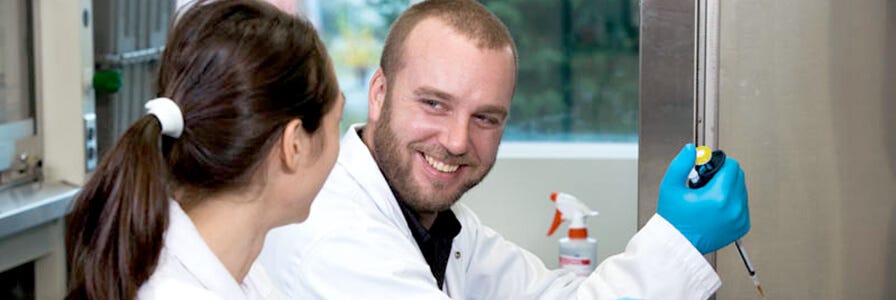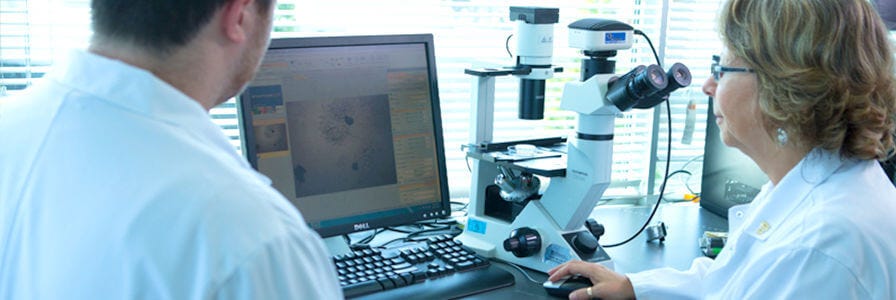Reopening the Lab After COVID-19 Closures

Reopening the lab and restarting your research, with an ongoing global pandemic, will take some time and extra adjustments to your typical routines. There are enough things to consider today, so here, we have created a suite of content to help guide your safe and efficient return to work so you can focus more on moving your research goals forward.
Prioritizing Safety
Reopening the lab, especially in this time of a public health emergency, means that you will have to stay informed and aligned with your institute's leaders and recent guidelines for health and safety practices. Every lab differs in the type of research and routines they follow, so make sure to create and implement a safety plan that works best for your lab and remains aligned with your institutional guidelines. Your lab safety plan should include:
- training documents for lab staff on physical distancing practices in the lab space, accessing and wearing appropriate PPE, new material handling procedures, waste management, work shifts, working alone procedures and equipment scheduling
- procedures for staff working in offices and for visits to conference, meeting, and lunchroom spaces
- a master sketch of designated work areas in your lab space, a schedule, and daily sign-off sheet to help keep track of new shift schedules
For a complete list of tasks, please refer to the Lab Reopening Checklist:
Lab Reopening Checklist
Download checklists and templates to help your lab reopen safely and efficiently.
Extra Safety Resources for Your Lab
RoboSep™ Automated Cell Isolation
Maximize productivity and technician safety by automating cell isolation and minimizing handling of samples containing infectious agents.
Ensure Staff Safety with Publicly Available App
To monitor employee health and safety during the COVID-19 emergency, STEMCELL developed the MyStatus App. A free version is now publicly available from OutSystems.
Planning for Your Return
The opportunity to return to the lab and reinvigorate research projects is exciting. Getting back to your research will be a process and will be most effective for you with the right amount of planning. Explore the set of strategies and tasks below that will help you plan ahead for when you are able to re-enter your lab.
How to Plan Ahead to Optimize Your Time in the Lab
Five Tips for Returning to the Lab After Time Off
How to Prioritize and Manage Your Research Projects
Being Kind To Yourself
Returning to the lab will be a different experience and will come with adjustments to your regular routines and practices. Remember to be kind to yourself through this transition back to work and mindful to have patience for yourself and your new circumstances.
How to Stay Motivated in Research
Find peace and practicality in your work and keep moving your science forward with these tips and tricks.
Staying Connected
New physical distancing measures may result in fewer interactions with others, so be conscious that you may feel more isolated from your labmates. To fill the gaps from not having people around or not being able to attend seminars, journal clubs, or conferences, try to maintain connections with other scientists during your break times through digital resources like podcasts, webinars, and virtual community experiences like conferences and journal clubs.
Digital Resources for Your Lab: Stay Connected to Your Field
Explore virtual support and resources to stay productive and connected with your field.
Getting Your Experiments Started
You’ve made it back into the lab and are ready to get your research going! Where to start? Regardless of where you left off, picking up again with the right tools and protocols that allow you to work efficiently will help you to push your research forward faster.
Efficient Tools and Technologies for Life Science Research
Do more with your cells, in less time. Reduce the time you spend obtaining and expanding your cells for your culture or assay by using efficient technologies and experimental workflow techniques.
A few key tips to help you get started include:
- rebooting and calibrating instruments
- checking inventory of all the necessary reagents for your experiments
- preparing media and buffer solutions (ensuring they are not past their expiration date)
For a complete list of tasks, please refer to the Lab Reopening Checklist.
Preparing Quality Cell Cultures from Frozen Samples
Thawing your cells may be a critical first step in setting up your research. Ensuring that you have the most efficient tools and techniques for starting your cell cultures will help you move ahead with your research goals. Read through the resources below and set your cells up for success right from the start.
Prepare a Single Cell Suspension from Frozen Samples
Cryopreservation and Thawing of ES/iPS Cells
How to Obtain and Set Up CD34+ Cell Cultures
Moving Your Science Forward
As you prepare to start your research, there may be opportunities to include more efficient techniques and technologies in your experiments. We are here to help support your return to the lab. Chat with us and let us know how we can help you move your science forward.
Product and Scientific Support
Email or call us to find one-on-one support for setting up and troubleshooting your experiments.
Contract Assay Services
Generate critical experimental results and meet project milestones by using our assay services.




